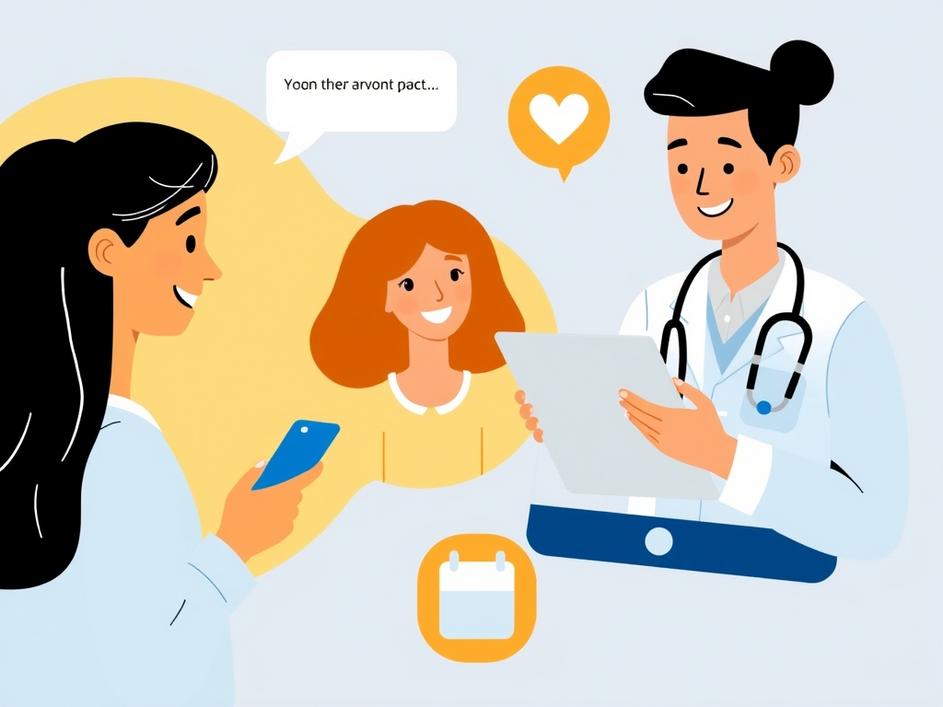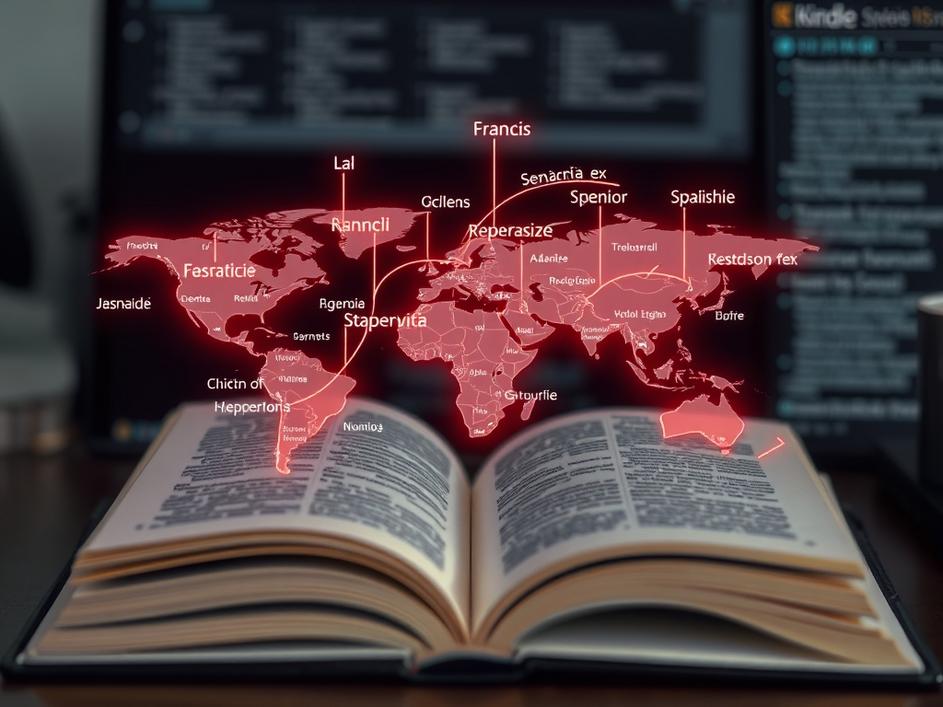


We are a digital agency helping businesses develop immersive, engaging, and user-focused web, app, and software solutions.
2310 Mira Vista Ave
Montrose, CA 91020
2500+ reviews based on client feedback

What's Included?
ToggleFor a long time, we all pretty much agreed on one thing: a video didn’t lie. If you saw something happen on screen, it was real. That simple truth, “seeing is believing,” shaped how we understood news, court cases, and even just funny moments online. But things are different now. We’re living in a time where what you see with your own eyes might not be what actually happened. The digital world has thrown us a curveball, and it’s called the deepfake. These aren’t just clever edits; they’re whole new realities stitched together by smart computer programs, making it tough to tell what’s genuine and what’s not. This change impacts everything from daily news to our personal trust in what we consume online. We’re not just consumers of information anymore; we have to be detectives too.
So, what exactly are deepfakes? Think of them as ultra-realistic fakes, usually videos or audio, where a person’s face, voice, or even their whole body is swapped out or manipulated to make them say or do things they never actually did. It’s not magic, but it feels pretty close. These fakes are made using something called Artificial Intelligence, or AI. The AI learns from tons of real videos and audio of a person, then uses that knowledge to create new, fake content that looks and sounds incredibly convincing. The scary part is how easy it’s getting for anyone with a decent computer and some know-how to make one. What used to be the stuff of high-budget movie special effects is now becoming more accessible, making the digital landscape a minefield of potential deception. This technology, while impressive, raises huge questions about authenticity and truth in our increasingly visual world.
You might think, “Who cares about a fake video? It’s just harmless fun, right?” But the truth is, deepfakes aren’t always harmless. They can be used for serious harm. Imagine a fake video of a politician saying something terrible right before an election. Or a doctored clip of a public figure doing something scandalous, ruining their reputation overnight. Even worse, deepfakes can be used in scams, making people believe they’re talking to a loved one or a trusted official. They can spread misinformation like wildfire, confusing people and eroding trust in everything from news organizations to our own senses. This isn’t just about spotting a fake; it’s about protecting our shared sense of reality and the very foundations of how we communicate and trust each other. The stakes are incredibly high, affecting our personal lives, public discourse, and even global stability.
Now for the nitty-gritty: how do you actually spot these digital tricksters? Start with the obvious – the face. Deepfakes often struggle with the subtle details that make a human face look real. Look closely at the eyes. Do they blink naturally, or too little, or too much? Sometimes the eyes in deepfakes lack that natural sparkle or reflection you’d expect. The skin can also be a tell. Does it look too smooth, too plastic-like, or oddly textured? You might see blurry edges around the face where it meets the neck, like a bad cut-and-paste job, even if it’s very subtle. Pay attention to how light hits the face too. Does the lighting on the person’s face match the lighting in the background? Often, deepfakes will have inconsistent shadows or highlights that just don’t quite add up. These small imperfections, though hard to notice at first glance, often betray the artificial nature of the content.
It’s not just about the face; deepfakes can mess up other parts too. Look at the hair. Does it move naturally, or does it seem a bit stiff or blurry around the edges? Sometimes the hair looks like it’s pasted on, rather than growing from the scalp. Then there’s the body itself. While the face might be the focus of the manipulation, deepfakes can sometimes struggle with making the head and body movements seem natural together. Does the head seem to bob oddly on the shoulders? Do the body gestures match the supposed emotion or words? Also, take a good look at the background. If the person is moving, does the background stay perfectly still or does it warp or glitch slightly? Sometimes you’ll see strange distortions or shimmering effects in the background or around the person’s outline. These elements, though secondary to the main subject, often reveal the flaws in the digital illusion, pointing to content that isn’t quite right.
Visuals are important, but don’t forget your ears. Deepfakes often have trouble with audio. Does the voice sound a bit off, maybe a little robotic, flat, or just generally unnatural? Sometimes there’s an echo where there shouldn’t be one, or the sound quality changes suddenly. Even if the voice sounds pretty good, listen for weird pauses, stutters, or strange inflections that don’t sound like a real person talking. A huge red flag is when the lips don’t quite match the words. This is called lip sync, and deepfakes often struggle to get it perfectly right. You might notice a slight delay, or the mouth shapes don’t quite align with the sounds being made. It’s like watching a badly dubbed movie. This mismatch between what you see and what you hear is a powerful indicator that something isn’t authentic, proving that our senses often work together to detect inconsistencies.
Beyond all the technical tells, one of your best tools is your own critical thinking and common sense. Does the video’s content seem too wild, too unbelievable, or completely out of character for the person involved? If something feels “off,” it probably is. Always consider the source. Is the video coming from a trusted news organization or a sketchy, unknown website? Be wary of things that pop up on social media without any context or verification. Check if the same story or video is being reported by other reputable sources. If it’s a huge claim and no one else is talking about it, that’s a big red flag. A quick search can often reveal if the claims are legitimate or if there’s debunking information already out there. In this digital age, being a little skeptical and doing some basic fact-checking isn’t paranoia; it’s a necessary skill for navigating the online world safely.
The world of digital media is constantly changing, and deepfakes are just one example of how tricky things can get. As the technology gets better, it’s going to become even harder to spot these fakes. This means we all need to sharpen our skills as media consumers. It’s not about becoming paranoid and doubting everything, but about developing a healthy skepticism and knowing what to look for. We have to be active participants in verifying information, not just passive recipients. Learning these tips isn’t just about protecting yourself from being fooled; it’s about helping to maintain a clearer, more truthful public conversation. By staying informed, asking questions, and checking our sources, we can all contribute to a more authentic digital environment and continue to trust our shared reality, even when the lines get blurry. The future of truth online depends on our collective vigilance and intelligence.



Leave a reply